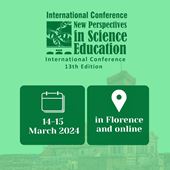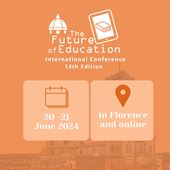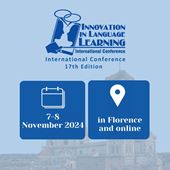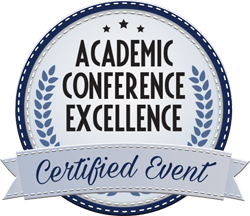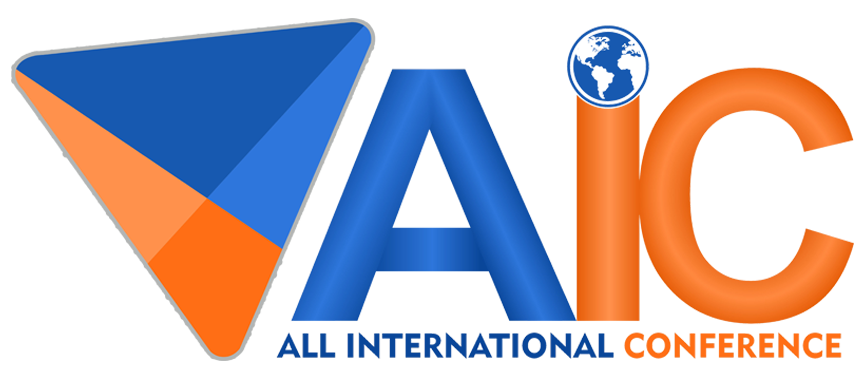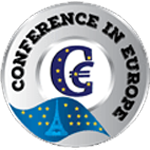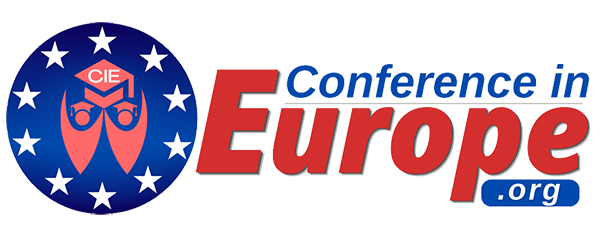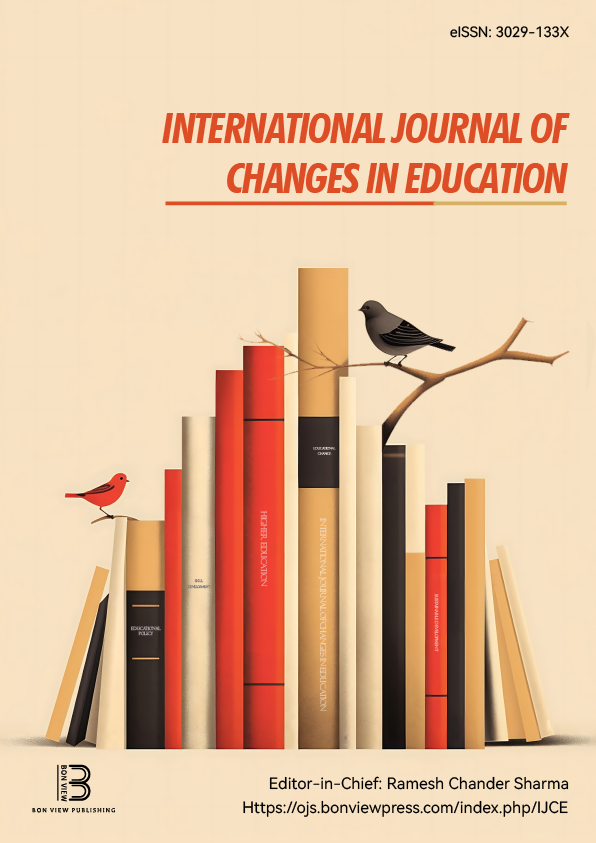Generation Z and Programming Education: Bridging the Gap with Innovative Tech-Driven Learning Approaches
Sherif Abdelhamid, Assistant Professor, Virginia Military Institute (United States)
Mona Aly, Independent Researcher (United States)
Abstract
Engaging modern learners or Generation Z in programming education demands various innovative, student-centered strategies tailored to their diverse learning styles and preferences. This study investigates the effectiveness of multiple learning techniques—gamification, game-based learning, interactive textbooks, storytelling videos, and puzzle-based activities—in engaging, motivating, and enhancing students' learning experience in an introductory Python programming course. Data was gathered through an end-of-semester survey and analyzed to evaluate students' perceptions of these techniques and their alignment with individual learning styles. The analysis revealed that tools for gamification (e.g., Quizziz) and game-based learning (e.g., Gimkit) improved motivation, engagement, and confidence in applying Python concepts, especially among kinesthetic and auditory learners. Additionally, the study explored the associations between learning styles and preferred techniques, providing deeper insights into the effectiveness of tailored pedagogical approaches. Moreover, a positive correlation was observed between performance in gamification activities and course final grades. Auditory and kinesthetic learners exhibited the highest average final grades, while visual and verbal learners showed slightly lower performance. These findings highlight the significance of diverse, interactive pedagogical approaches to support varied learning styles and maximize student success.
|
Keywords |
Student Engagement, Student Success, Programming Education, Gamification, Game-based Learning, Storytelling, Interactive Textbooks, Learning Styles |
|
REFERENCES |
[1] Hassanzadeh, S., Moonaghi, H., Derakhshan, A., Hosseini, S., & Taghipour, A. (2019). Preferred learning styles among ophthalmology residents: An Iranian sample. Journal of Ophthalmic and Vision Research, 14(4). [2] Kharb, P., Samanta, P., Jindal, M., & Singh, V. (2013). The learning styles and the preferred teaching-learning strategies of first-year medical students. Journal of Clinical and Diagnostic Research. [3] Kurdekar, S., & Sushma, S. (2020). Visual or auditory: The effective learning modality in multimodal learners. International Journal of Physiology, 8(2), 167-170. [4] Liew, S., Sidhu, J., & Barua, A. (2015). The relationship between learning preferences (styles and approaches) and learning outcomes among pre-clinical undergraduate medical students. BMC Medical Education, 15(1). |
 New Perspectives in Science Education
New Perspectives in Science Education
